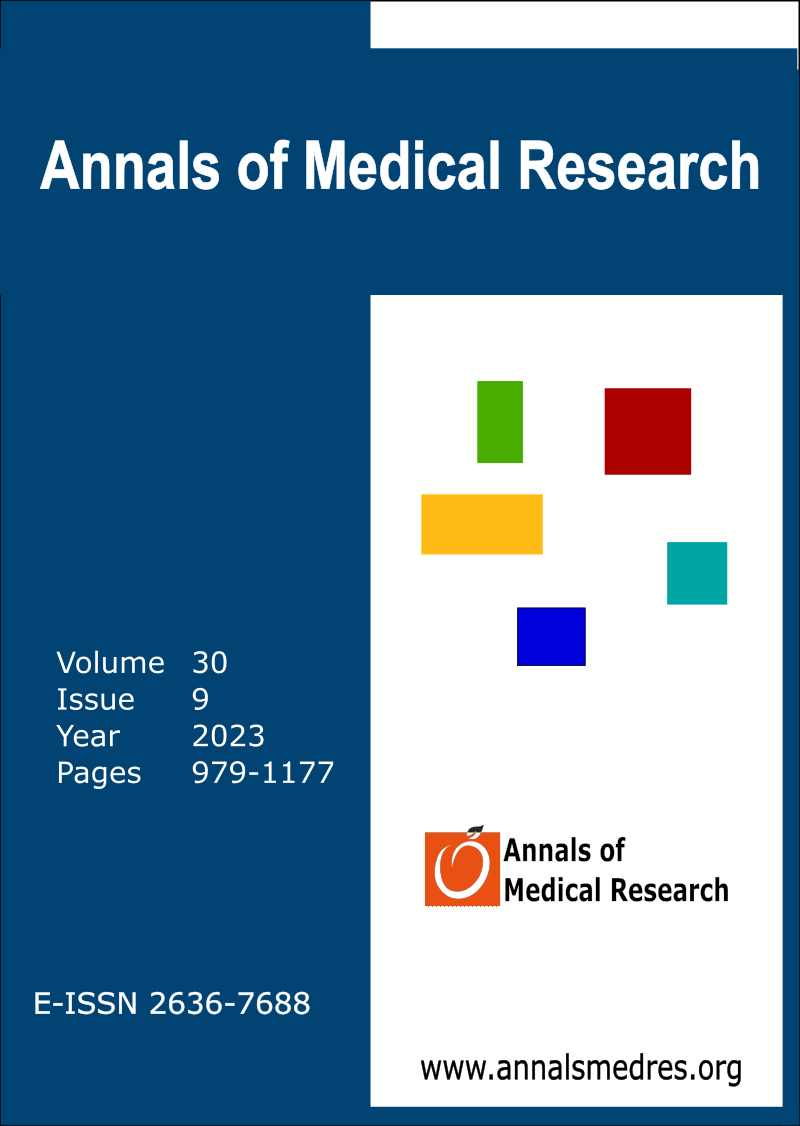Lumbar radiological pseudo-bulging patterns
Keywords:
Pseudo-bulging, Pars interarticularis defectAbstract
Aim: The most interesting humanoid fracture is probably the pars interarticularis defect. The main aim of our study is to describe the pseudo-bulging patterns in sagittal images in magnetic resonance imaging (MRI). Thus, it aims to increase pars interarticularis fractures recognizability with MRI. Radiation exposure in tomography may be eliminated.
Materials and Methods: Our study is single-center, non-randomized, retrospective and observational. Level of pars interarticularis defect, complete-incomplete formation, presence of pedicular involvement and unilateral or bilateral pars interarticularis defect were observed and noted in lumbar tomography. Pseudobulging patterns were observed on lumbar magnetic resonance imaging. Adobe Photoshop® 2023 was used to filter the pseudo-bulging images. The shape and form of the pseudo-bulging patterns were observed and noted. Descriptive statistics were used in our study.
Results: Various pars interarticularis defects were detected in 24 patients on computed tomography images. 14 were female and 10 were male. In our study, pseudo-bulging patterns revealed a distinctive appearance in 21 of 24 cases. We defined 4 different pseudo-bulging shapes and forms.
Conclusion: We revealed four different pseudo-bulging patterns in sagittal MRI images of patients with confirmed pars interarticularis defect by tomography. Learning the pseudo-bulging patterns and shapes will facilitate the identification of the pars interarticularis defect on the MRI.
Downloads
Published
Issue
Section
License
Copyright (c) 2023 The author(s)

This work is licensed under a Creative Commons Attribution-NonCommercial-NoDerivatives 4.0 International License.
CC Attribution-NonCommercial-NoDerivatives 4.0






